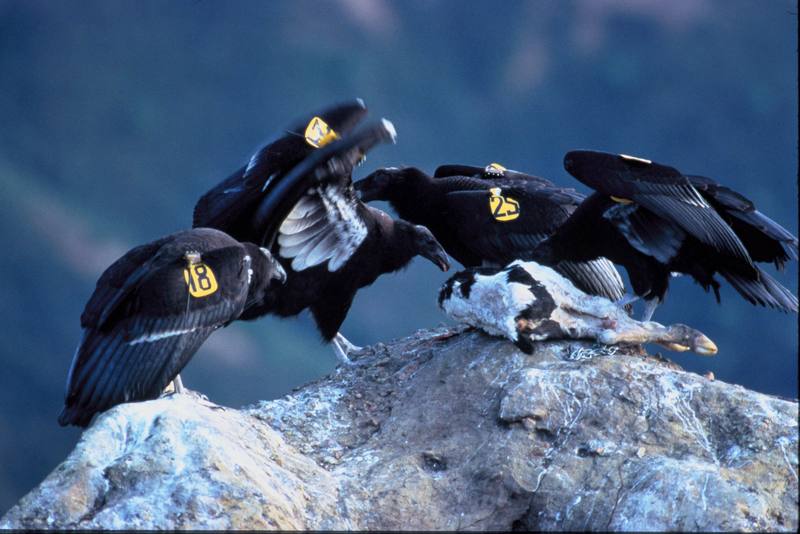|
| Query: bird | Result: 2025th of 32675 | |
California condor juveniles (Gymnogyps californianus) <!--캘리포니아콘도르-->
| Subject: | California condor juveniles (Gymnogyps californianus)
| | Poster: | Phoby (phoby@hanafos.com)
| |

| Resolution: 3593x2400
File Size: 1203523 Bytes
Date: 2004:11:30 16:34:01
Upload Date: 2004:11:30 16:28:02
|
From the U.S. Fish and Wildlife Service's online digital media library.
Check http://images.fws.gov/ for higher quality version.
Metadata
Title: Juvenile Condors
Alternative Title: (none)
Creator: Clendenen, David
Source: WO-5529-30
Publisher: U.S. Fish and Wildlife Service
Contributor: DIVISION OF PUBLIC AFFAIRS
Language: EN - ENGLISH
Rights: (public domain)
Audience: (general)
Subject: condor, bird, birds, raptor
Date Issued: January 28 2002
|
Comments |
|---|
| | Guest |
|
Scientific Name: Gymnogyps californianus (Shaw, 1797)
Common Names: California Condor
French: Condor de Californie German: Kalifornischer Kondor Spanish: Cóndor californiano, Cóndor de California
Taxonomy: Vultur californianus Shaw, 1797, Monterey, California, USA. In the past placed in genus Pseudogryphus. Monotypic. |
^o^
Animal Pictures Archive for smart phones
^o^
|
|
|

